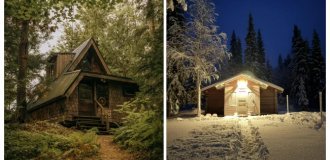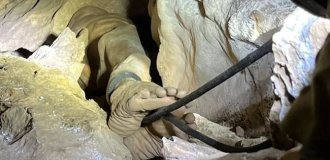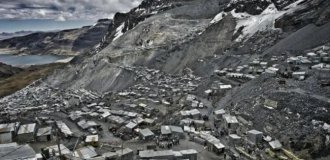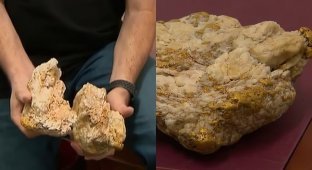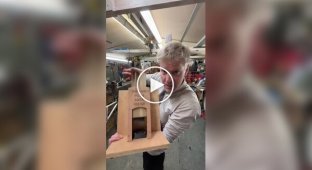Hell created by dreamers. Serra Pelada Gold Mine Through the Eyes of World-Famous Photographer Sebastio Salgado (10 photos)
When I first saw this picture, I had no doubt that it was the work of a 19th century photographer.
However, it was taken relatively recently, in 1986, by the famous Brazilian photojournalist Sebastio Salgado.
It was he who told the world about the Hell on Earth created by human greed. 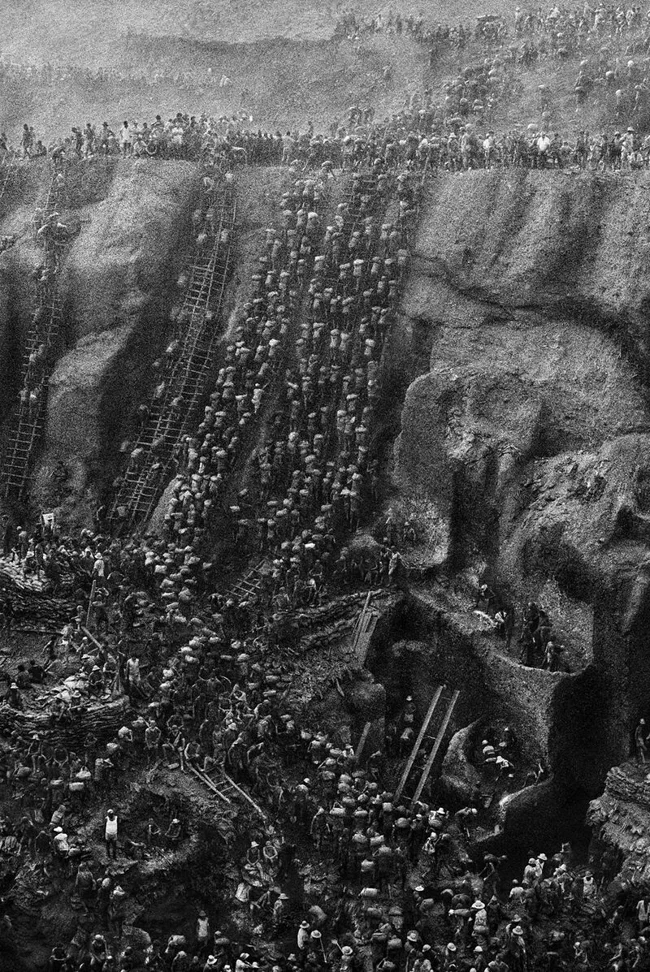
Later, Salgado recalled that every hair on his body stood on end when he saw what was happening at the Serra Pelada mine. He compared this trip to a journey to the dawn of time, when the pyramids were built and the history of all mankind unfolded.
The events began in 1979 in Brazil, in a village on a tributary of the Amazon.
A shepherd named Jose da Silva found a gold nugget in the river. This happened on the land of his employer, and so the man gave him the gold.
A few days later, the owner gave him a wad of money, which was enough for the dream of Jose and his wife - a small house. The farmer himself called in experts who confirmed that his land was a gold mine.
This is how the story of the large Brazilian mine Serra Pelada began. 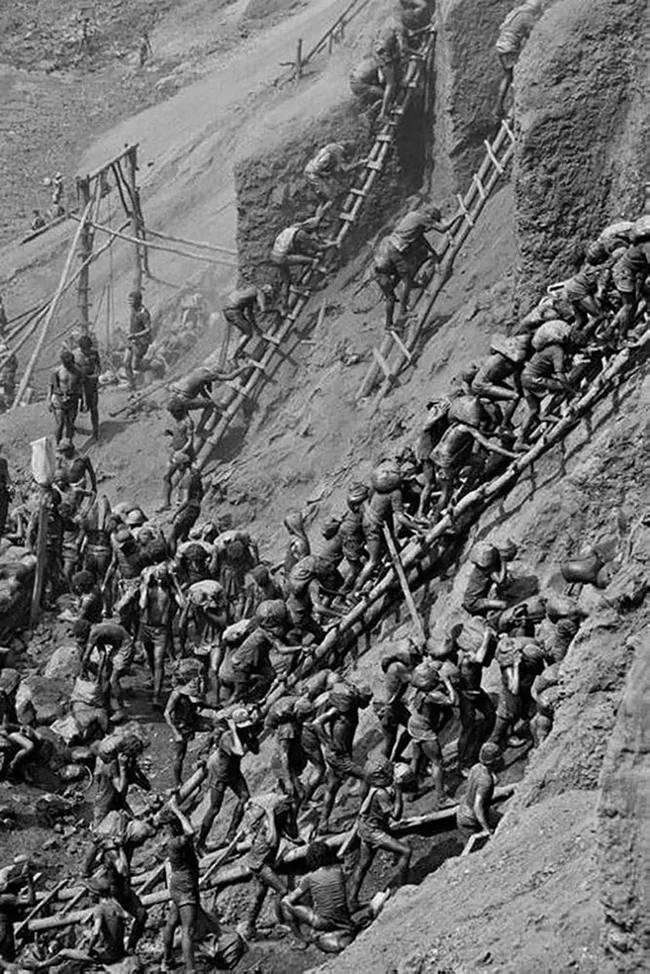
After just 5 weeks, 10,000 gold prospectors arrived in Serra Pelada from all over the country, and another 12,000 fortune hunters, driven by the dream of getting rich instantly, settled in the neighborhood. Moreover, not only the unemployed came, but also teachers, lawyers, office workers, and other well-off people. In Brazil, such lone prospectors are called "garimpeiros". By May 1980, the gold-bearing land was sold out, and 4,000 lucky people became the owners of tiny plots of land no more than 9 m². And the prospectors began to dig. At its peak, the Serra Pelada mine employed around 100,000 people at a time. They swarmed like ants in the huge open pit, which was getting deeper every day. Very quickly, the farmer's land turned into a giant pit. 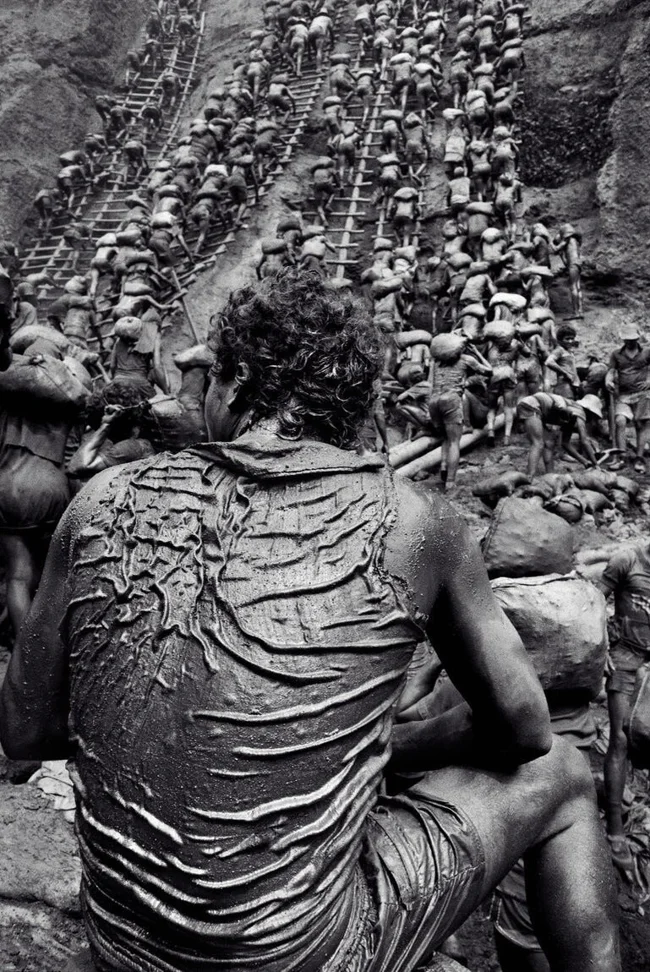
The mine was located far from roads, and could only be reached on foot. From the nearest town, you had to walk to the end of a dirt road, from there you had to cover almost 15 km to get to the site. Therefore, gold mining at the deposit was carried out exclusively by hand. Each prospector was given a plot of land measuring 2 m² for excavation. Since the diggers were limited by the boundaries of their plots, they had to dig deeper. The deeper the holes, the more dangerous they became. The partitions between adjacent “wells” became thinner and thinner, and often collapsed, burying the prospectors. The stream that had once yielded a gold nugget was completely filled with washing trays and basins. A chain of huge holes, reminiscent of volcanic craters, was teeming with half-naked people, smeared with mud from head to toe. Because of this, the gold prospectors were called “mud pigs” (Portuguese: Porco de lama). 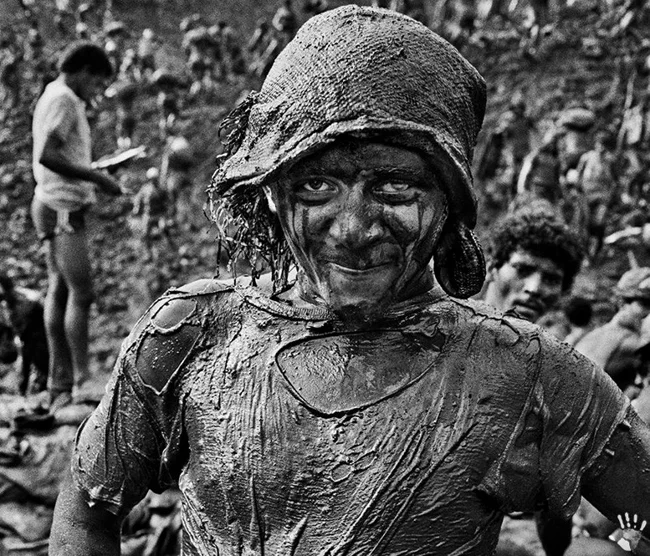
In the Serra Pelada quarry, people had to work in unimaginable conditions. From dawn to dusk, they scurried up and down flimsy, narrow wooden ladders and ropes, which the workers called "Goodbye, Mommy" (Portuguese: "Adeus-mamãe"). Traces of numerous landslides are visible on the slopes of the quarry. No one was doing any reinforcement here, and landslides and collapses have buried fortune seekers more than once. From time to time, pistol shots were heard - these were triumphant garimpeirus informing the world about the nugget they had found. But even the lucky ones, who were favorably smiled upon by fortune, were the least like the rich. Exhausted, dressed in dirty rags, soaked through with drink. 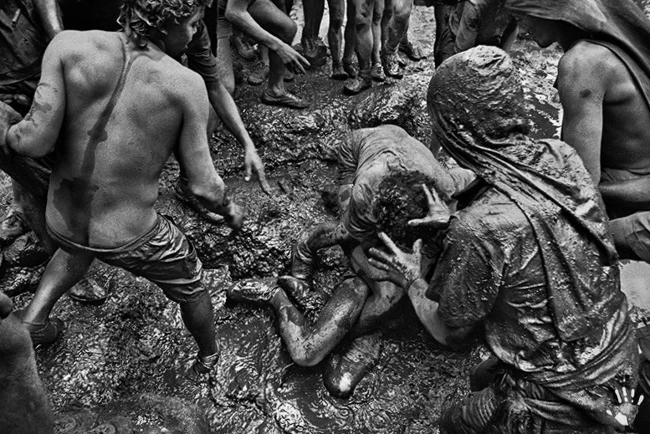
When the hopelessly monotonous inhuman labor brought pinches of precious metal, the first desire of the exhausted garimpeirou was to forget himself in a drunken stupor in the arms of a priestess of love. The prospectors tried to restore their strength with the help of cachaça (moonshine from sugar cane), sold here by profiteers at fabulous prices. With their stories of huge nuggets and the instant transformation of beggars into kings, the drunken "old-timers" fueled the rainbow dreams of losers - "blefado". 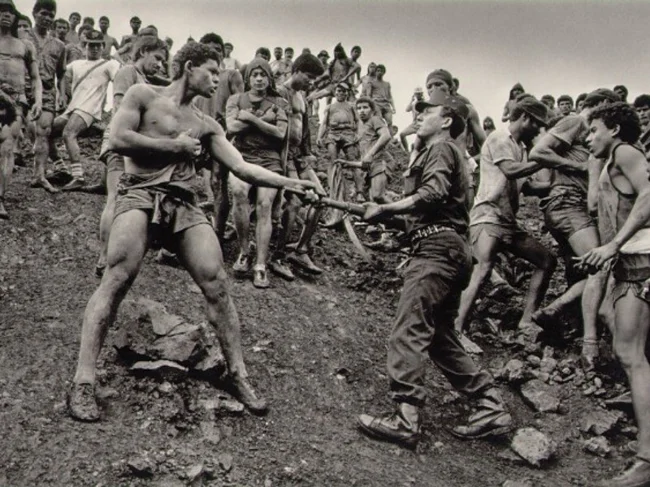
Spontaneous settlements grew up near the mine, where miners spent the night in squalid huts or simply in the open air in hammocks, attacked by clouds of mosquitoes. Drunken fights, terrible diseases, prostitution, and murders flourished in the slums. According to police data alone, 60-80 murders were committed per month in the spontaneous settlements. Clashes between prospectors and bandits and law enforcement officers regularly occurred here. Thousands of prostitutes and underage girls offered themselves to prospectors for grains of gold. 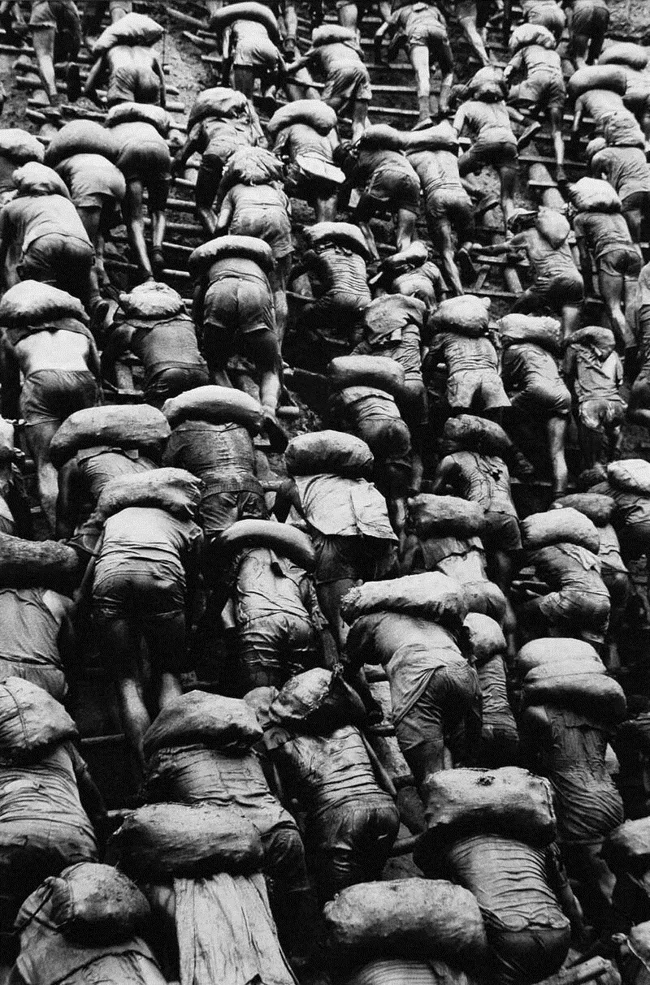
Three months after the discovery of gold, the Brazilian authorities established strict control over the mine's activities. From that moment on, the miners had to sell the gold they mined to the government. A branch of the Federal Savings Bank was located next to the quarry, where the miners were paid about 70% of the price that was set on the London Gold and Currency Exchange. According to official data, in 6 years, the Serra Pelada gold miners mined about 45.5 tons of gold. Although experts believe that this figure is only 10% of the actual production. After all, the bulk of the precious metal was sold on the black market. Until the authorities took control of the sale of the miners' production and introduced licenses for work on the slopes of Golaya Gora, a considerable amount of the precious metal managed to end up with resellers and float abroad (mostly to the USA).
The End of Gold Mining 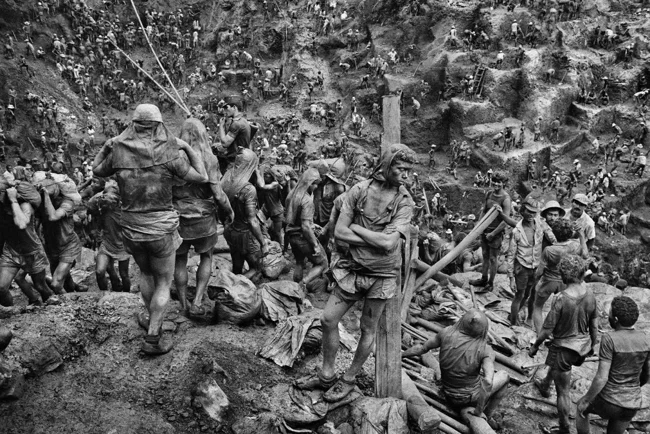
In 1985, due to numerous landslides, a complete lack of occupational safety and health, and numerous lawsuits, the mine was closed. A flood in 1986 forced the quarry to cease operations completely. A government ban on gold mining was imposed. The giant, hand-made quarry filled with groundwater turned into a pit with a chain of murky, muddy lakes. In 1992, the Brazilian government declared the Serra Pelada quarry a National Historical Reserve, closing legal access to miners. However, in 2002, the Brazilian Congress overturned this decision, and the authorities began distributing small plots to private gold miners. 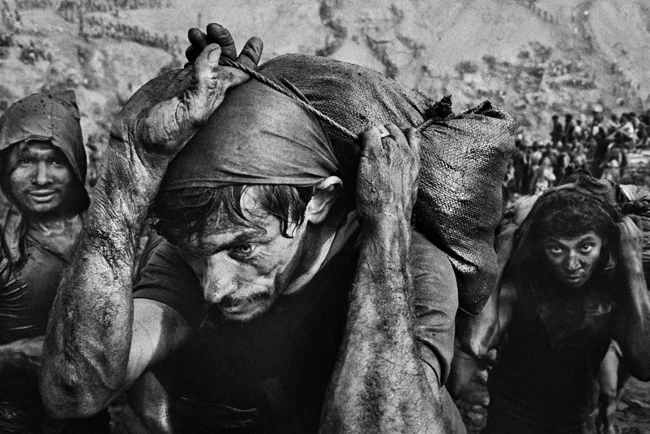
Geological studies show that today the Serra Pelada quarry contains between 20 and 50 tons of gold (!). But the extraction of the valuable metal is complicated by the fact that the gold-bearing layer lies under the muddy bottom of the lakes. In 2012, the joint venture Colossus Minerals Inc and COOMIGASP received a license to explore the protected area. In mid-2013, after 20 years of silence, preparatory work began in the mine. The hope of finding the remaining gold stored in the depths of "Serra Pelada" has once again spread its wings.
Sebastiao Salgado, who told the world about the "earthly hell" 
History knows at least 30 outbreaks of "gold rush" - unorganized mass gold mining in newly discovered deposits. The scale of development and the predatory methods of miners are hard to imagine. However, thanks to the famous Brazilian documentary photographer Sebastião Salgado (born 1944), today the archives contain several hundred photographs that testify to the “gold rush” raging in the famous quarry “Serra Pelada”.









